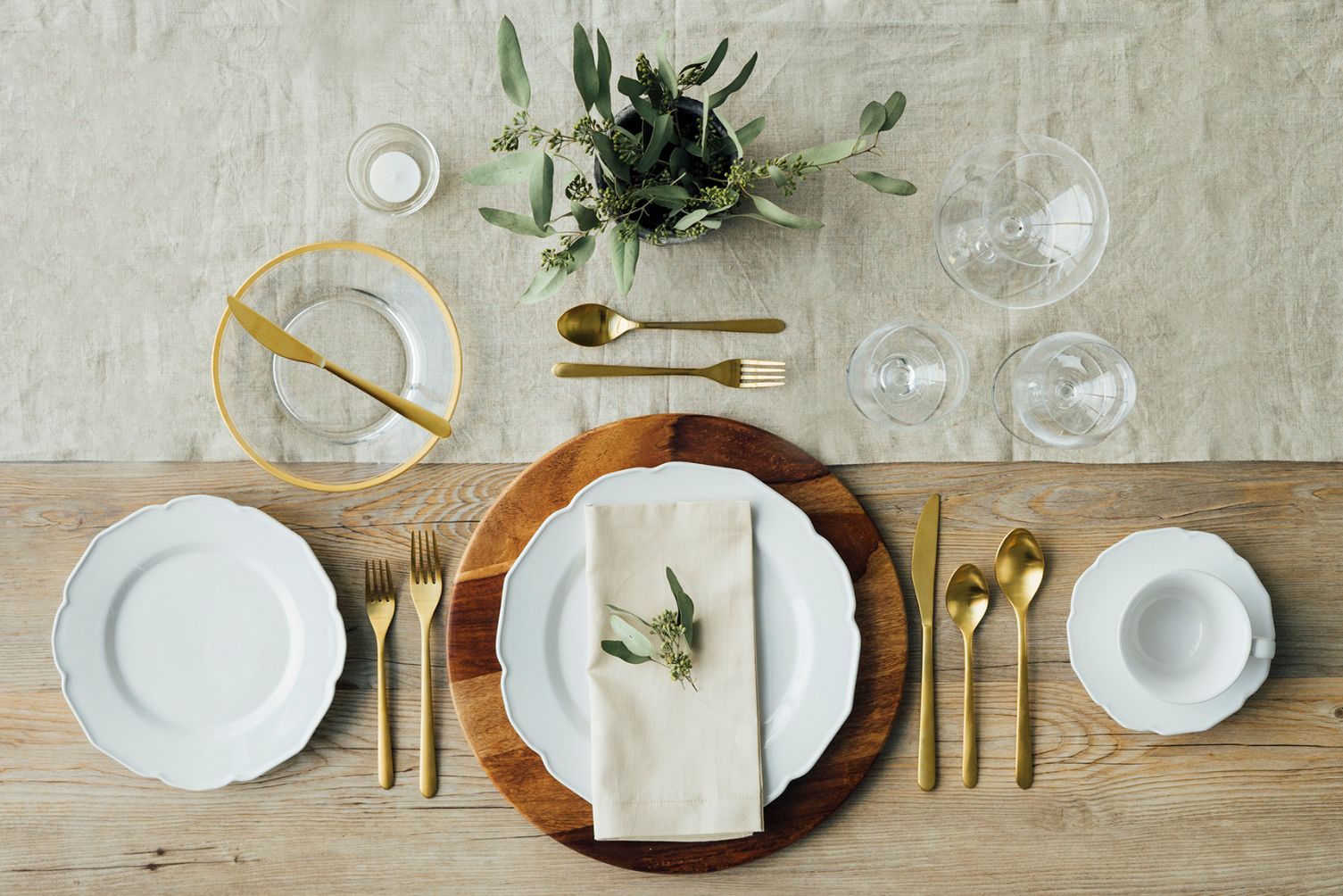

Tableware
On Which Side Is The Napkin Placed
Modified: November 1, 2024
Discover the proper tableware etiquette: find out on which side to place the napkin on your dining table. Ensure an elegant dining experience with this essential tip.
(Many of the links in this article redirect to a specific reviewed product. Your purchase of these products through affiliate links helps to generate commission for Storables.com, at no extra cost. Learn more)
Introduction
When it comes to tableware and dining etiquette, even the smallest details can make a big difference. One such detail that often sparks debate is the placement of the napkin. While it may seem like a trivial matter, the positioning of the napkin can actually carry symbolic and cultural significance.
In this article, we will delve into the fascinating world of tableware and explore the various factors that influence where the napkin is placed during a meal. From historical traditions to personal preferences, we will uncover the reasons behind different napkin placements and shed light on the etiquette associated with each.
Whether you’re hosting a formal dinner party, enjoying a casual meal with friends, or simply curious about the origins of dining customs, understanding the implications of napkin placement adds an extra layer of sophistication to any dining experience.
So, let’s embark on this journey as we unravel the mystery behind which side the napkin is placed on, and delve into the rich tapestry of tableware traditions and customs from around the world.
Key Takeaways:
- Embracing the historical, cultural, and practical significance of napkin placement enhances dining experiences, promoting etiquette, cultural appreciation, and unity at the table.
- Understanding and respecting personal preferences and practical considerations for napkin placement fosters a harmonious and inclusive dining environment, allowing for a seamless and enjoyable dining experience.
Historical Background
The placement of the napkin during a meal has deep historical roots that can be traced back to ancient times. In ancient Rome, for example, the napkin was used not only to wipe one’s hands and mouth but also as a symbol of social status. Wealthy individuals would often carry ornately embroidered napkins with them to showcase their affluence.
During the Middle Ages, the napkin served a practical purpose in the absence of modern cutlery. It was used to protect clothing from food stains and to wipe hands after eating. However, the manner in which the napkin was placed varied across regions and social classes. In some cultures, it was custom to tuck the napkin into one’s collar, while in others, it was draped over the shoulder.
As table manners developed and became more formalized, the placement of the napkin evolved as well. In European aristocratic circles, for instance, the napkin was placed on the left side of the plate, strategically positioned to blot the lips discreetly while dining. This placement ensured that any stains or evidence of the meal would not be visible to others at the table.
During the Renaissance period, intricate folding techniques for napkins emerged, serving as a form of artistic expression. Elaborate napkin folds were used to showcase a host’s creativity and attention to detail. These folds often included decorative elements such as flowers or small objects, further enhancing the visual appeal of the table setting.
With the rise of formal dining etiquette in the 18th and 19th centuries, specific rules and guidelines were established for napkin placement. This was the era of elaborate multi-course meals, and the napkin took on even greater importance. It was considered proper to place the napkin unfolded on one’s lap, with the open edge facing towards the body. This allowed for easy access and discreet use during the meal.
As time went on, the cultural and regional variations in napkin placement persisted. Different countries developed their own customs and traditions, each with its own significance and symbolism. Today, while there are general guidelines for napkin placement, personal preferences, dining styles, and cultural influences continue to play a role in determining where the napkin is positioned during a meal.
Cultural Variations
Across different cultures and regions, there are fascinating variations in where the napkin is placed during a meal. These variations reflect both cultural traditions and practical considerations. Let’s explore some of the noteworthy examples:
- Western Culture: In Western cultures, such as Europe and North America, it is common practice to place the napkin unfolded on one’s lap. The open edge faces towards the body, allowing for easy access and discreet use throughout the meal. This placement symbolizes respect for the food and ensures that any crumbs or spills are captured.
- Eastern Culture: In many Asian cultures, including Japan and China, traditional dining etiquette dictates that the napkin is placed beside the plate or bowl, rather than on the lap. This placement emphasizes cleanliness and prevents the napkin from coming into contact with the table, which is often seen as unhygienic.
- Middle Eastern Culture: In Middle Eastern cultures, it is common to place the napkin folded neatly next to the plate. This placement reflects a sense of tidiness and attention to detail.
- African Culture: In some African cultures, such as Ethiopia, communal dining is prevalent, and individuals often share a large platter. In this setting, individual napkins may not be used, and instead, a communal cloth is provided for diners to wipe their hands.
- Latin American Culture: In Latin American cultures, the napkin may be placed partially unfolded on the lap, with one corner tucked into the waistband. This placement allows for easy access and prevents the napkin from falling off during the meal.
While these cultural variations exist, it’s important to note that globalization and cross-cultural influences have led to some convergence in napkin placement practices. In many cosmopolitan cities, you may find a blend of Western and local customs, with individuals adapting their napkin placement based on personal preference and the dining setting.
Understanding and respecting cultural variations in napkin placement can help foster cultural appreciation and demonstrate mindful etiquette when dining with individuals from different backgrounds. It also adds an extra layer of interest and intrigue to the world of tableware customs and traditions.
Formal Dining Etiquette
In formal dining settings, such as upscale restaurants or formal events, adhering to proper etiquette is crucial. The placement of the napkin plays a significant role in setting the tone for the meal. Here are some guidelines for napkin placement in formal dining:
- When Seated: As you are seated, wait for the host or hostess to take their napkin first before you. Once they do, take your napkin from the table or from the place setting and unfold it gracefully. Avoid shaking or fussing with the napkin excessively.
- Placement on the Lap: Gently place the unfolded napkin on your lap, with the open edge facing towards you. The napkin should cover your thighs and upper legs without covering the entire lap. Ensure that it is neatly arranged and not crumpled or twisted.
- Discreet Use: Throughout the meal, use the napkin whenever necessary to blot your lips, wipe your hands, or dab away any spills. When using the napkin, do so discreetly, lifting it to your face, rather than leaning forward towards your plate.
- Leaving the Table: If you need to leave the table temporarily, place your napkin on your chair, loosely folded, to the left side. This signals to the waitstaff that you will return shortly. If you are finished with your meal, fold the napkin neatly and place it to the left side of your plate.
Following these formal dining etiquette guidelines for napkin placement not only shows respect for the meal and the host but also allows for a seamless dining experience for all guests. It adds an element of elegance and sophistication to the occasion and ensures that all diners can enjoy their meal in a comfortable and composed manner.
The napkin is traditionally placed to the left of the plate, either folded neatly or in a decorative fold. This is a common practice in formal dining settings.
Informal Dining Etiquette
Informal dining settings, such as casual family meals or gatherings with friends, offer a more relaxed atmosphere. While the rules may be less strict, there are still general guidelines to follow when it comes to napkin placement. Here are some tips for informal dining etiquette:
- When Seated: As you take your seat, take the napkin from the table or your place setting, and unfold it casually. Again, avoid excessive shaking or fussing with the napkin.
- Placement on the Lap: Place the unfolded napkin on your lap, with the open edge facing towards you, just as you would in a formal setting. However, in an informal setting, the napkin may be placed in a more relaxed manner, covering your entire lap if desired.
- Use as Needed: Use the napkin as necessary throughout the meal to wipe your mouth, hands, or clean up any spills. There is no need for strict formality in an informal setting, so feel free to use the napkin casually and comfortably.
- Leaving the Table: If you need to leave the table briefly, simply place your napkin loosely folded on your chair. This signals to others that you will be returning shortly. When you have finished your meal, you can fold the napkin and place it to the left side of your plate.
Informal dining etiquette allows for a more relaxed and comfortable dining experience. While the rules are less strict, it is still important to show respect for the meal and the other guests by using the napkin appropriately and keeping it within reach throughout the meal.
Remember, informal dining is often a time to enjoy good company and conversation, so don’t be overly concerned with maintaining strict etiquette. Focus on engaging with your dining companions while using the napkin as needed to ensure a pleasant and enjoyable dining experience.
Personal Preferences
While there are general guidelines for napkin placement in formal and informal dining settings, personal preferences also play a role in where individuals choose to place their napkin during a meal. Some people may have their own unique habits or cultural influences that shape their napkin placement preferences. Here are some factors that can affect personal preferences:
- Cultural Influences: Individuals from different cultural backgrounds may have been raised with specific customs and traditions regarding napkin placement. These cultural influences can shape personal preferences and override general etiquette guidelines.
- Individual Comfort: Personal comfort plays a significant role in napkin placement. Some individuals may find it more comfortable to have their napkin placed on their lap, while others may prefer to have it within easy reach on the table.
- Practicality: The practicality of napkin placement can also influence personal preferences. For example, individuals with limited mobility may prefer to keep the napkin on the table to minimize the need for reaching and bending.
- Aesthetic Appeal: Some individuals may prioritize the visual aspect of the table setting and prefer to fold or arrange the napkin in a particular way for decorative purposes. This allows for personal creativity and adds a touch of individuality to the dining experience.
- Social Norms: The specific social context or dining culture in which individuals find themselves can also impact their napkin placement preferences. For example, at a casual picnic or outdoor gathering, individuals may opt to use a disposable napkin placed on their lap, while at a formal event, they may adhere to more traditional placement guidelines.
It’s essential to respect and be mindful of personal preferences when dining with others. Observing and adapting to the preferred napkin placement of your dining companions helps create a comfortable and harmonious atmosphere during the meal.
Ultimately, while there are general guidelines to follow, personal preferences should be taken into consideration, considering factors such as cultural background, comfort, practicality, aesthetic appeal, and the specific social context. The goal is to create an enjoyable dining experience where all guests can feel at ease and engage in meaningful conversation and connection.
Practical Considerations
In addition to cultural traditions and personal preferences, there are practical considerations that can influence where the napkin is placed during a meal. These considerations take into account the functionality and convenience of napkin placement. Here are some practical factors to consider:
- Table Setting: The arrangement of the table setting can impact where the napkin is placed. If there is a designated napkin holder or napkin ring, it is customary to place the napkin in the designated spot. However, if there is no specific holder, placing the napkin next to the plate is a common practice.
- Space Constraints: The amount of space available on the table can also influence napkin placement. If the table is small or crowded with dishes, it may be more practical to place the napkin on your lap to prevent it from getting knocked over or interfering with neighboring plates.
- Dining Style: The style of dining can affect napkin placement. For example, in buffet-style or self-serve settings, it may be more practical to hold the napkin in your hand or tuck it into your collar for easy access while carrying a plate or serving yourself.
- Environmental Considerations: In today’s environmentally conscious society, some individuals may choose to use reusable cloth napkins rather than disposable ones. Cloth napkins can be folded neatly and placed on the lap or next to the plate, promoting sustainability while maintaining a sense of elegance.
- Personal Hygiene: Personal hygiene also plays a role in determining napkin placement. Placing the napkin on your lap helps protect your clothing from any potential food spills or crumbs, ensuring that you maintain a clean and presentable appearance throughout the meal.
Considering practical factors alongside cultural traditions and personal preferences allows for a seamless and enjoyable dining experience. By choosing a napkin placement that is convenient and functional, you can focus on enjoying your meal and engaging in conversation without any unnecessary distractions or discomfort.
It’s important to note that practical considerations may vary depending on the specific dining scenario and individual circumstances. Adapting to the given situation while also taking into account personal comfort and hygiene ensures that napkin placement serves its purpose effectively.
Conclusion
The placement of the napkin during a meal may seem like a minor detail, but it carries significant cultural, historical, and practical implications. From formal dining to informal gatherings, understanding the various factors that influence napkin placement adds depth and sophistication to the dining experience.
Throughout history, the placement of the napkin has evolved, reflecting social norms, cultural traditions, and practical considerations. From the aristocratic courts of Europe to the diverse customs found around the world, napkin placement has been a symbol of status, cleanliness, and respect for food.
In both formal and informal dining settings, following proper etiquette enhances the dining experience for everyone. Whether it’s placing the napkin unfolded on your lap in a formal setting or casually draping it beside your plate in a more relaxed atmosphere, adhering to the general guidelines shows respect for the meal and the other guests at the table.
Personal preferences also come into play, influenced by cultural background, individual comfort, and practicality. It is important to be mindful of these personal preferences when dining with others, as it fosters a harmonious and inclusive dining environment.
Practical considerations, such as table space, dining style, and environmental concerns, also influence napkin placement. Adapting to these practical factors ensures a seamless and enjoyable dining experience, allowing diners to focus on the meal and the company without any unnecessary distractions.
In conclusion, the placement of the napkin is not just about functionality; it is also steeped in history, culture, and personal preferences. By understanding and respecting these aspects, we can elevate our dining experiences, promoting etiquette, cultural appreciation, and a sense of unity at the table.
So, the next time you unfold your napkin, take a moment to consider the significance of its placement and embrace the rich tapestry of tableware traditions that make dining a truly remarkable experience.
Frequently Asked Questions about On Which Side Is The Napkin Placed
Was this page helpful?
At Storables.com, we guarantee accurate and reliable information. Our content, validated by Expert Board Contributors, is crafted following stringent Editorial Policies. We're committed to providing you with well-researched, expert-backed insights for all your informational needs.
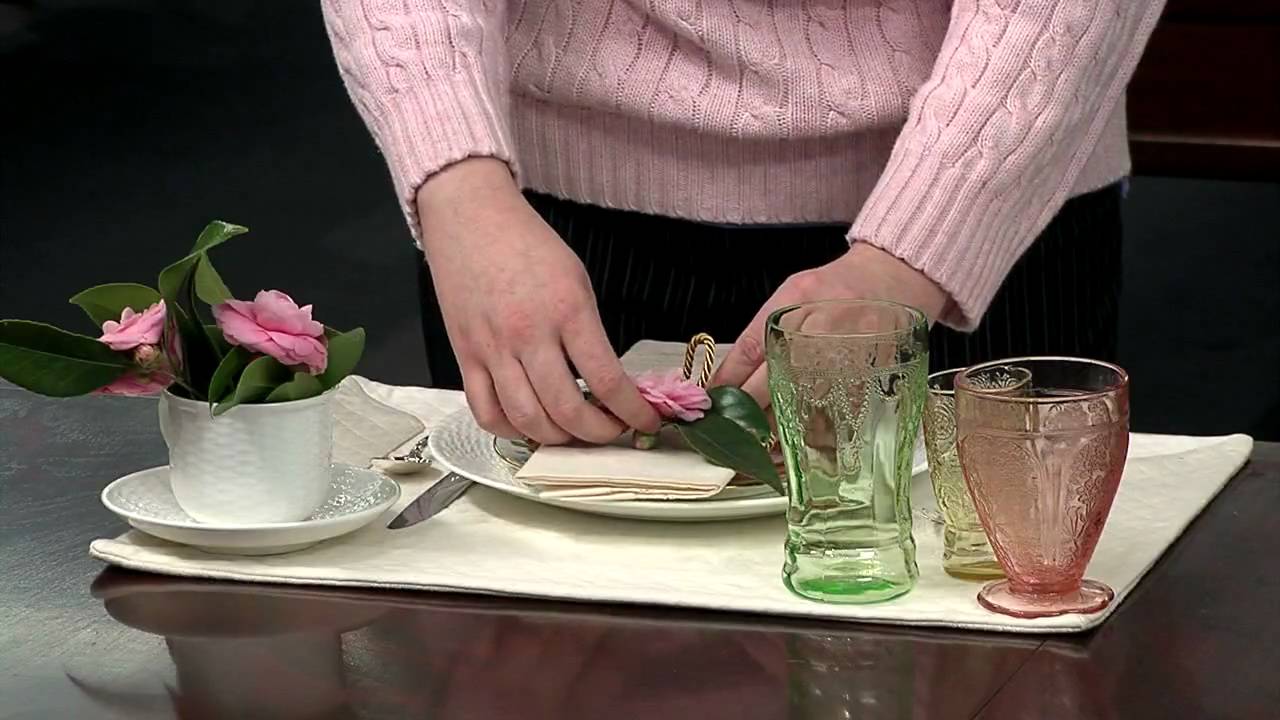
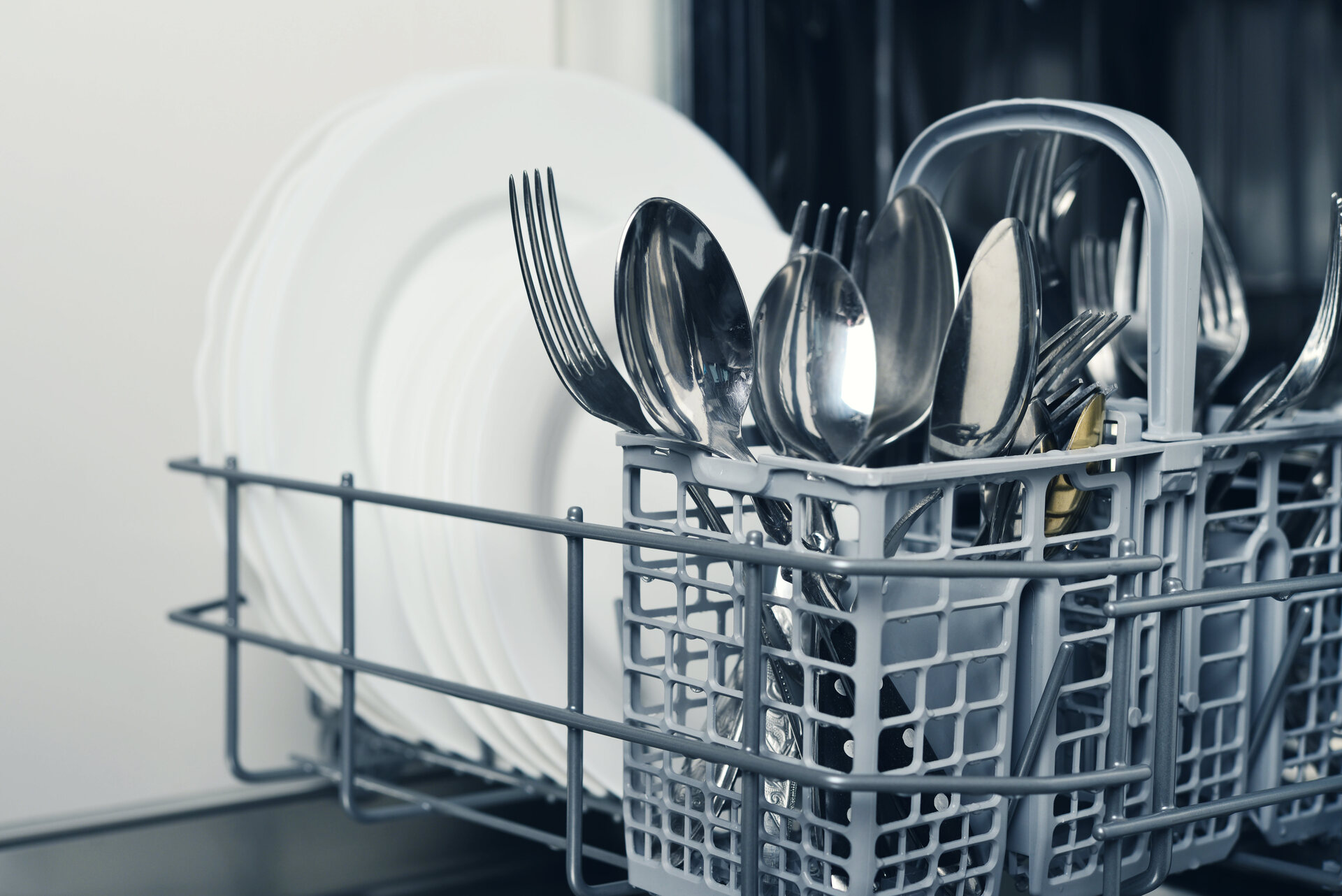
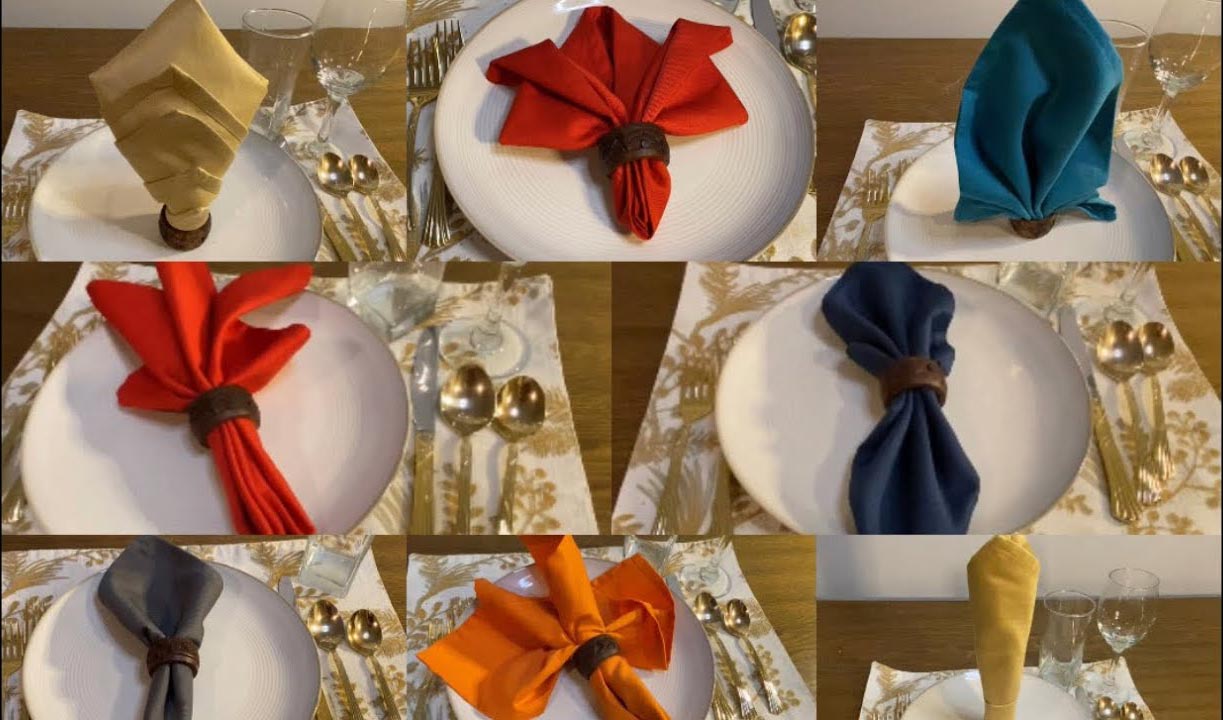
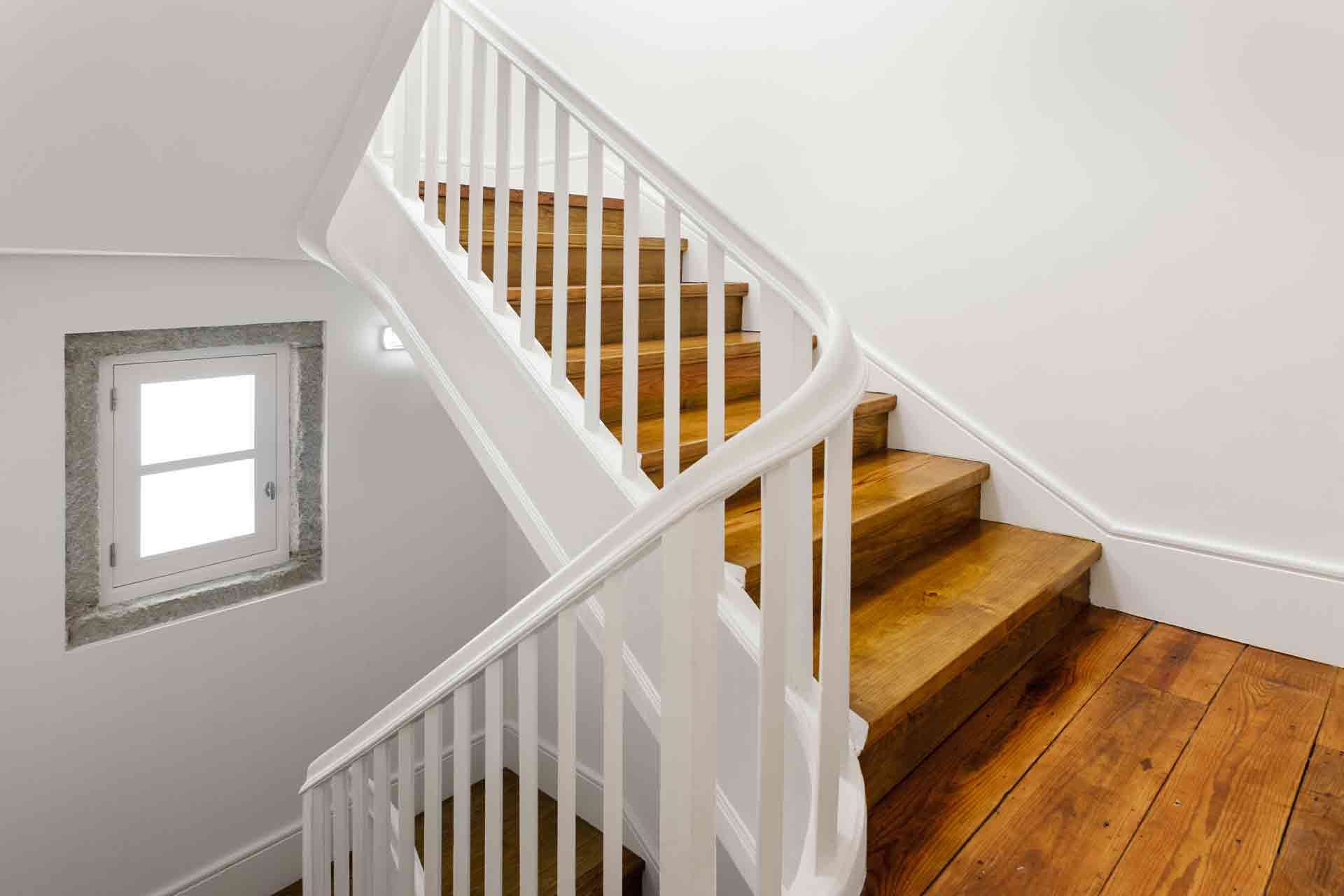
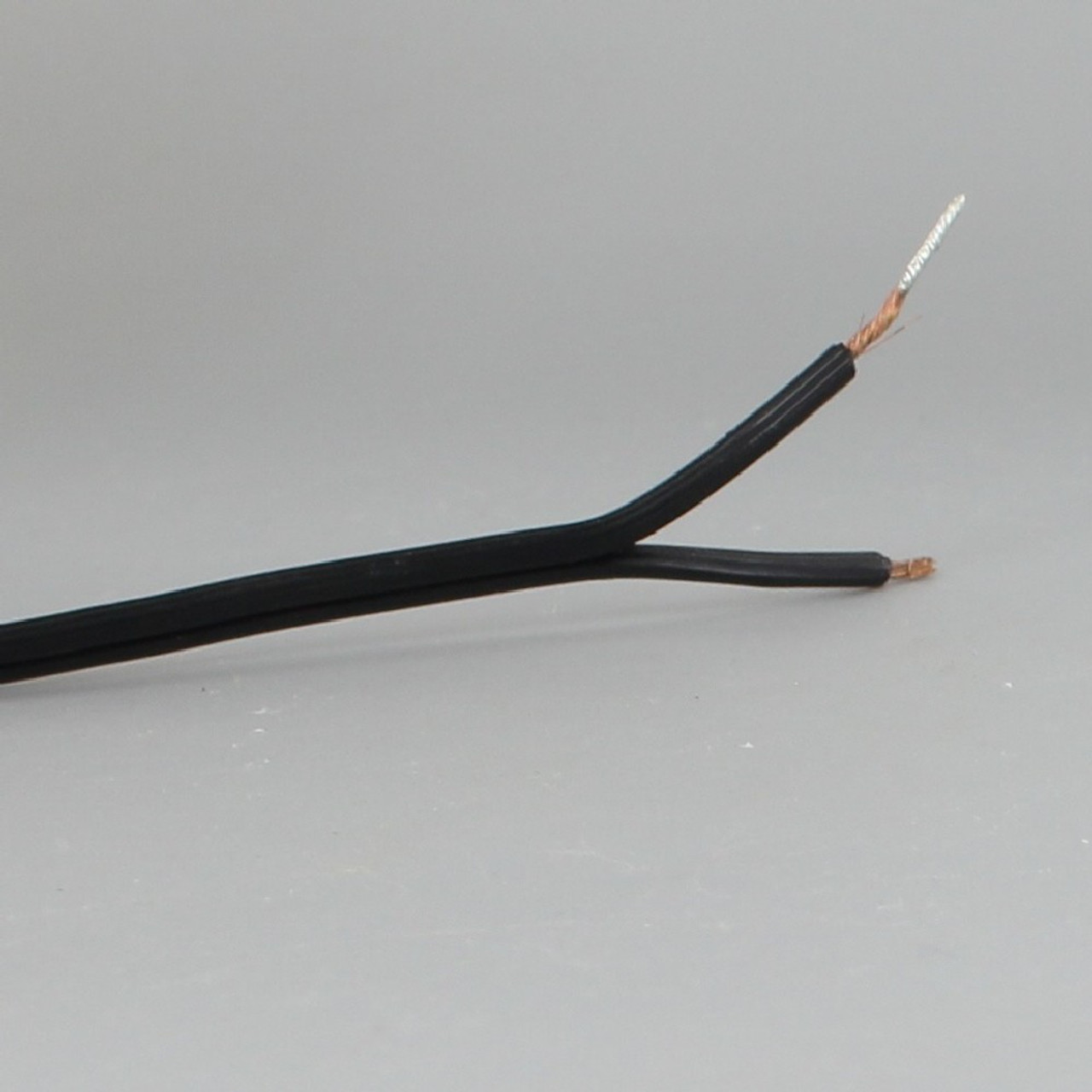
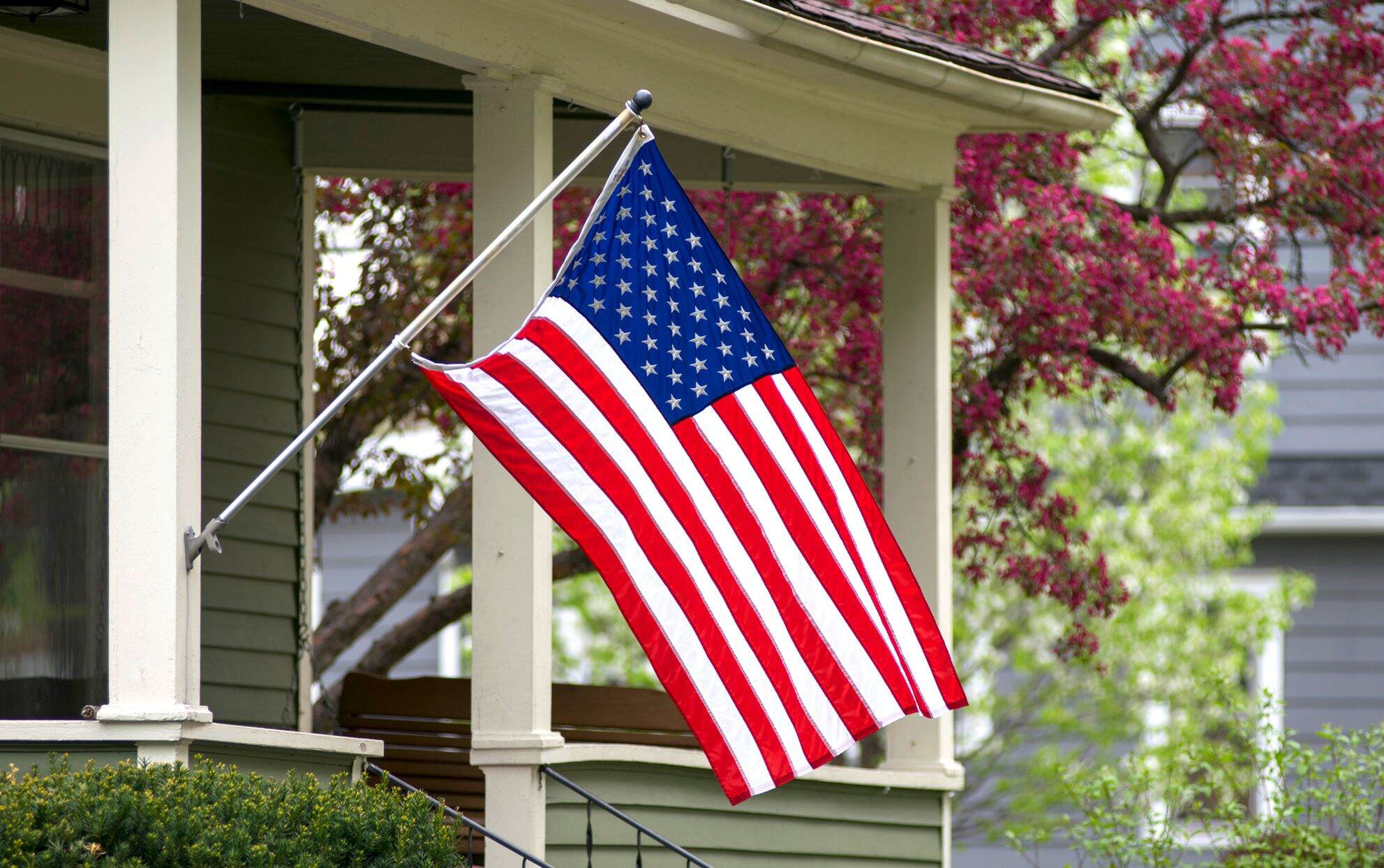
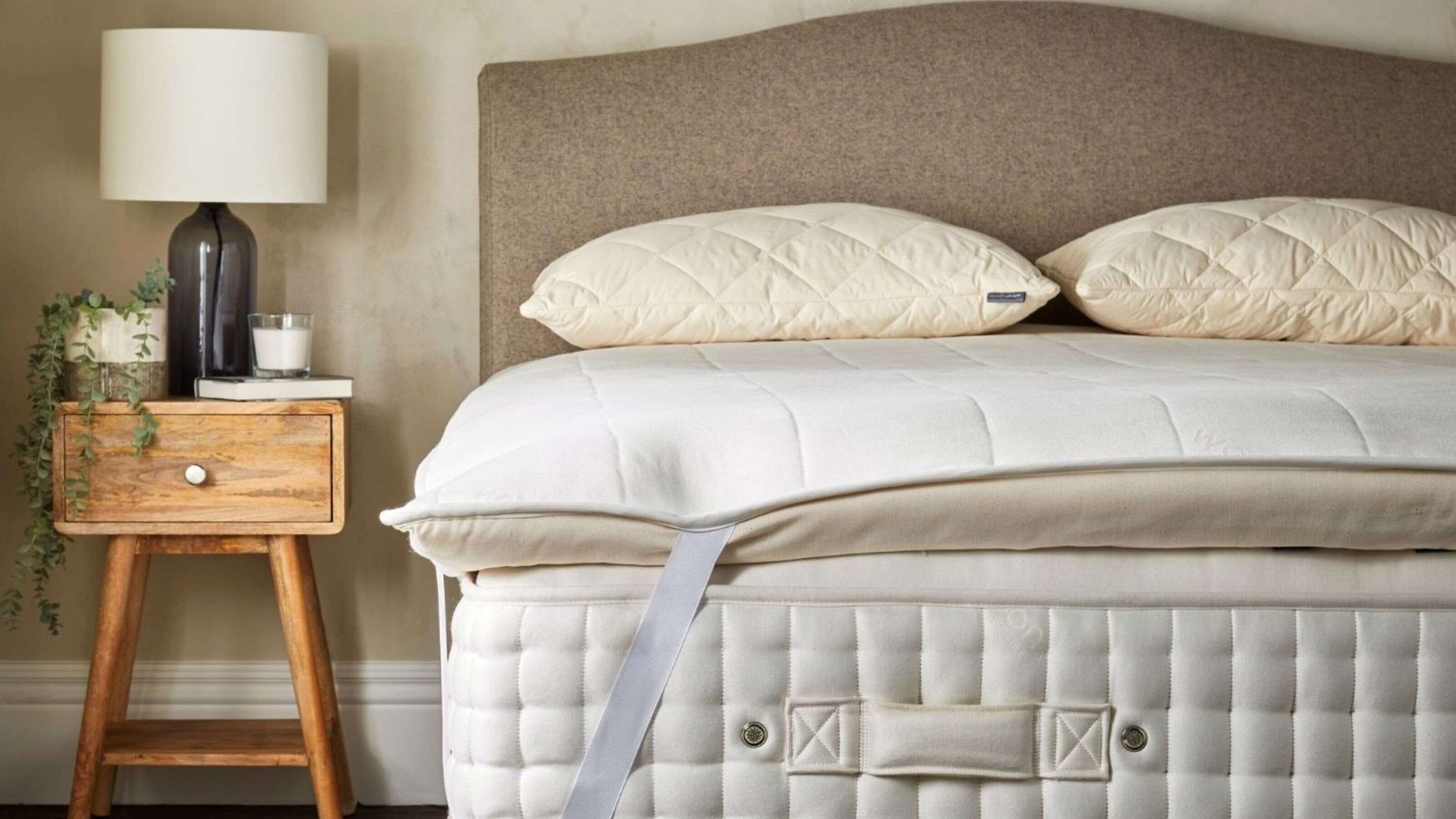
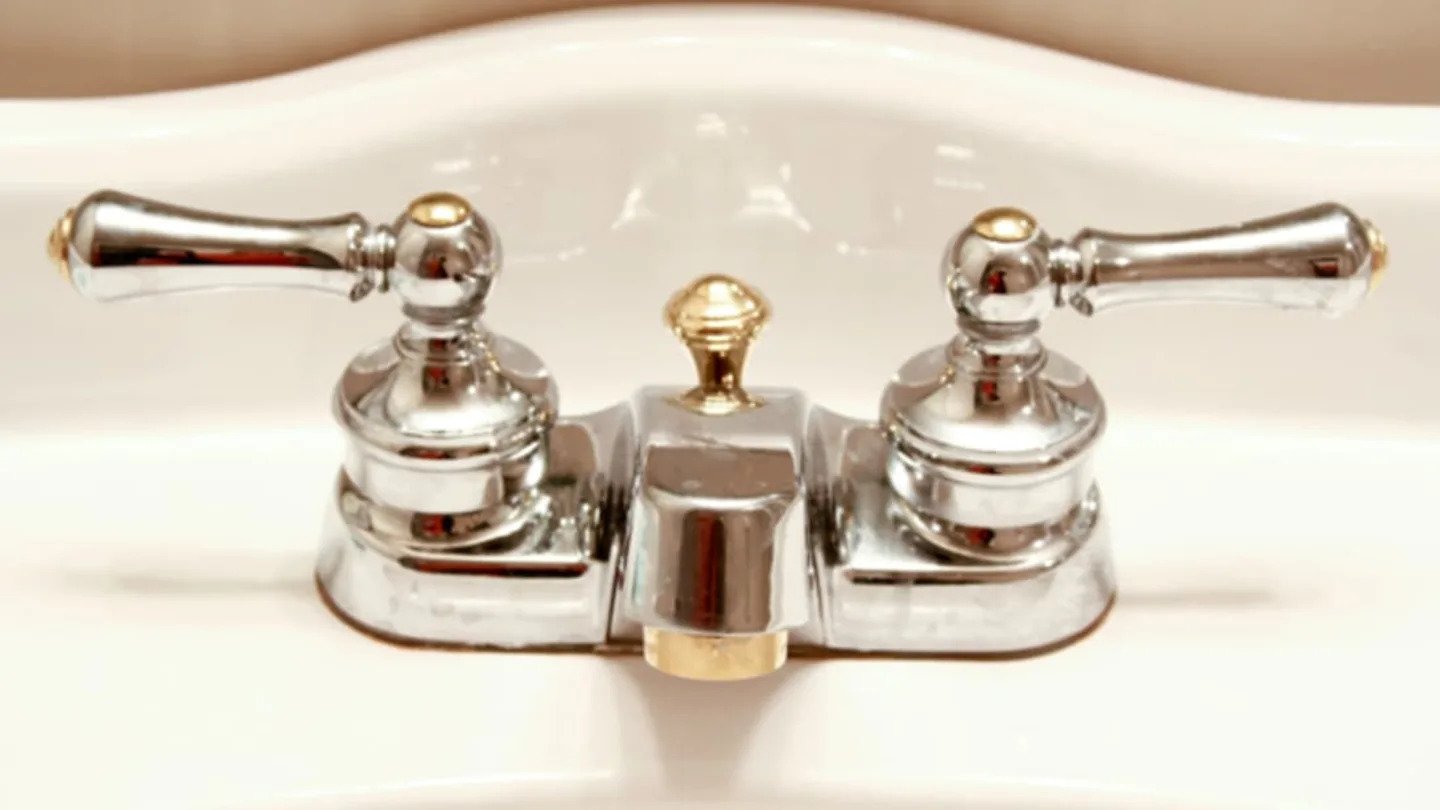
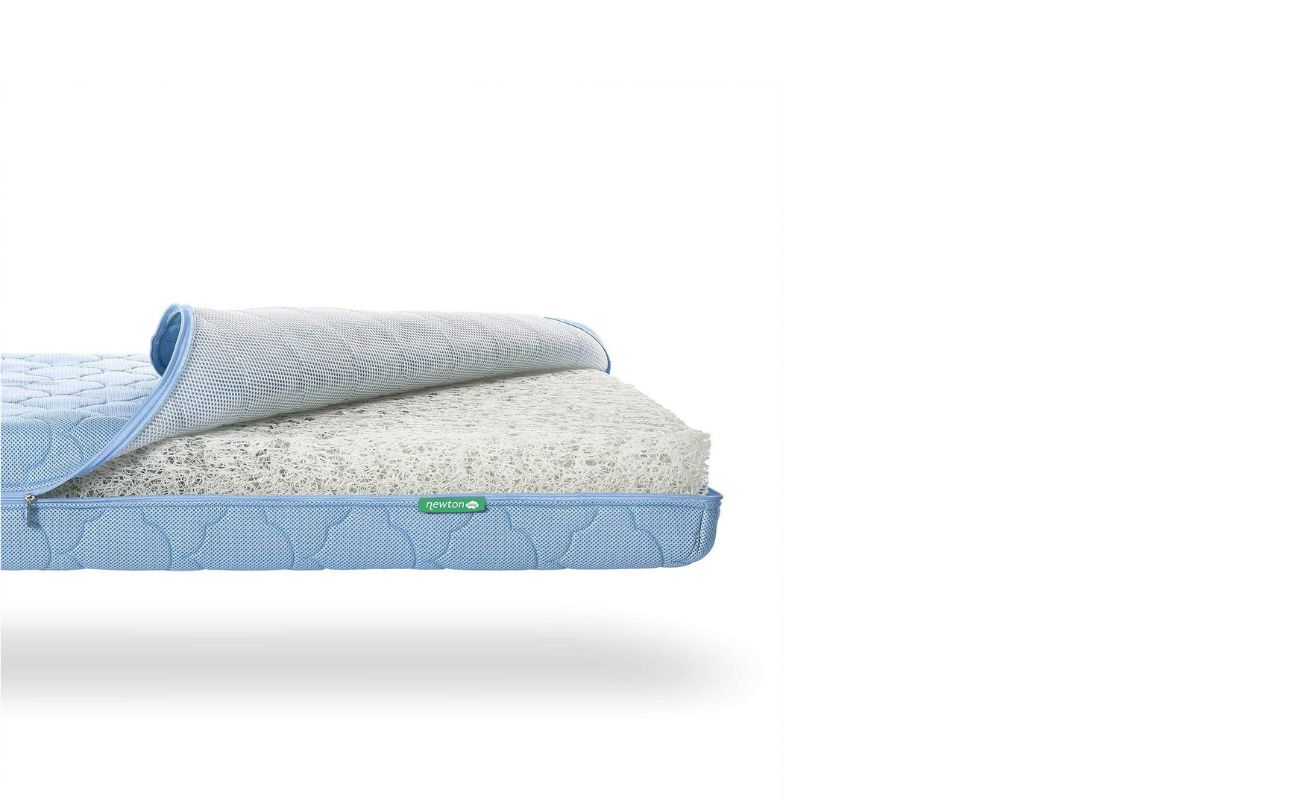
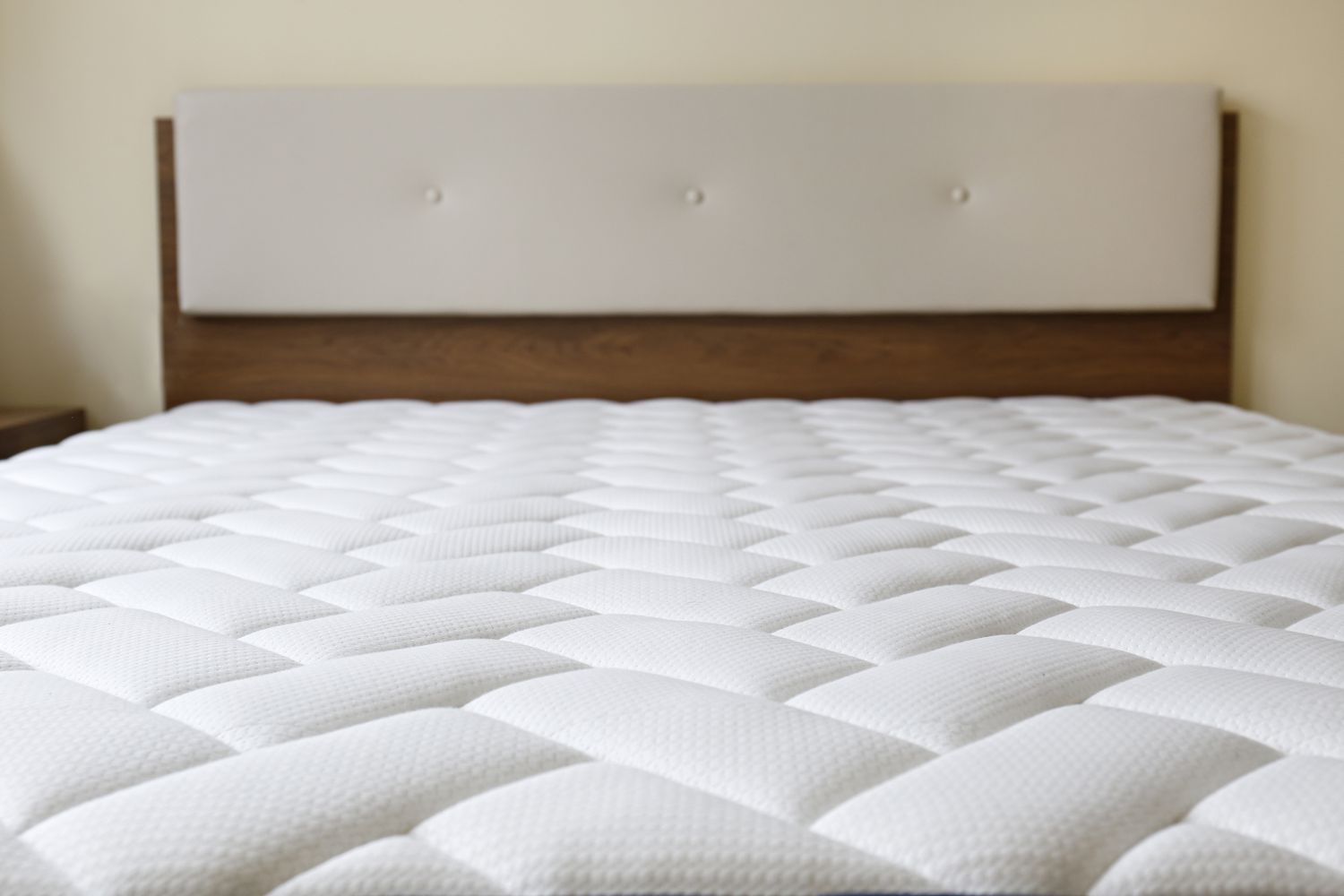

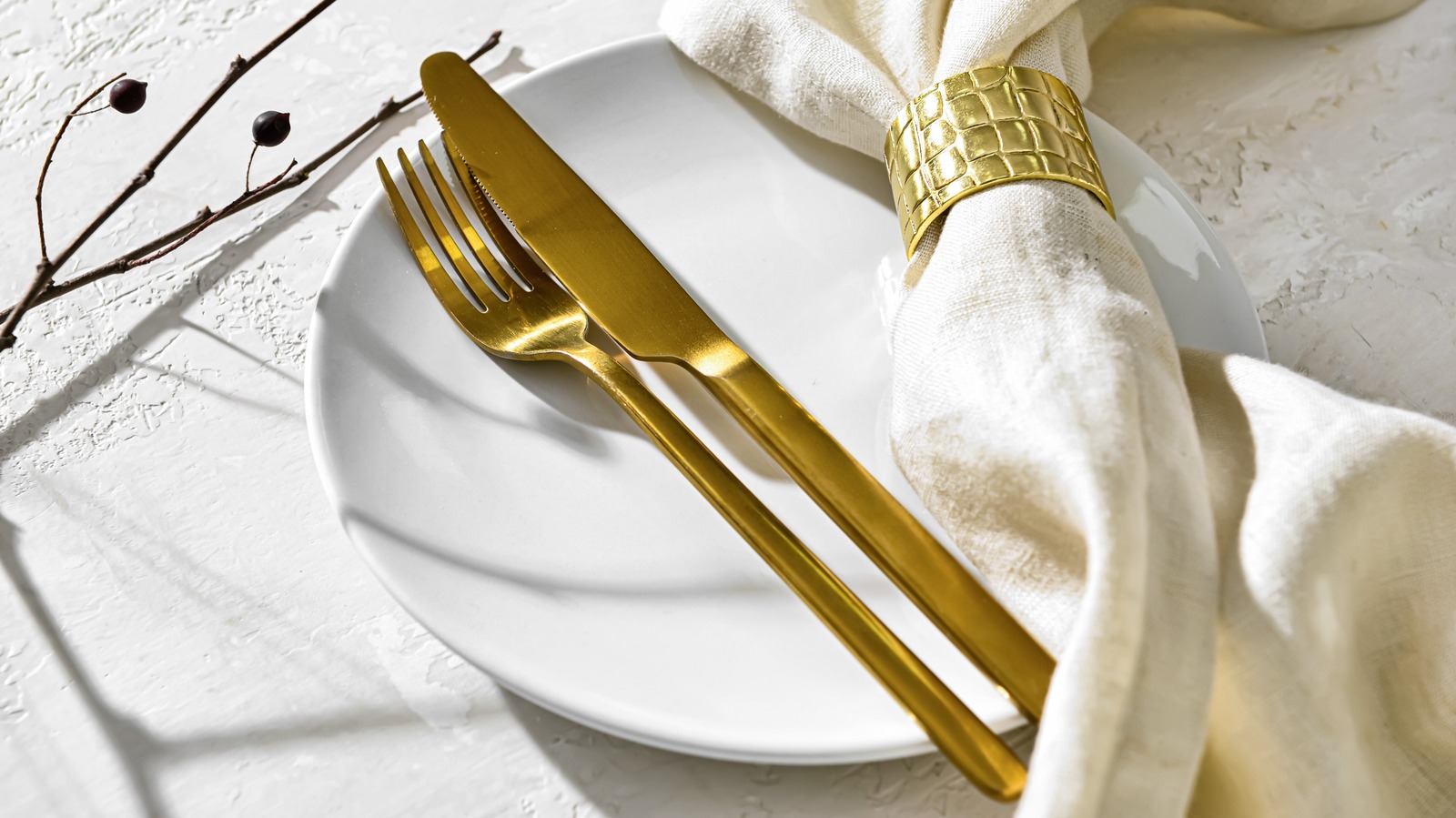
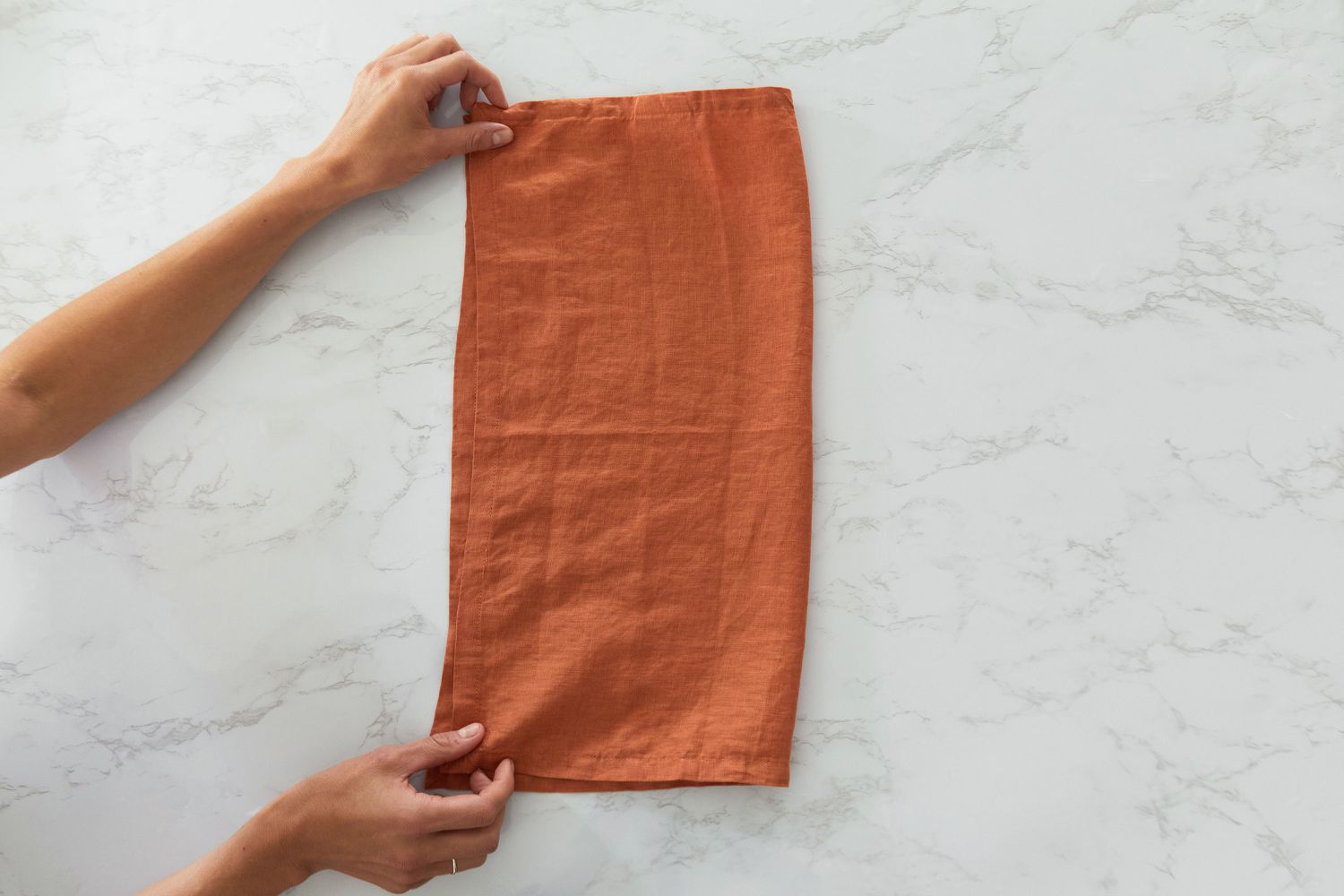
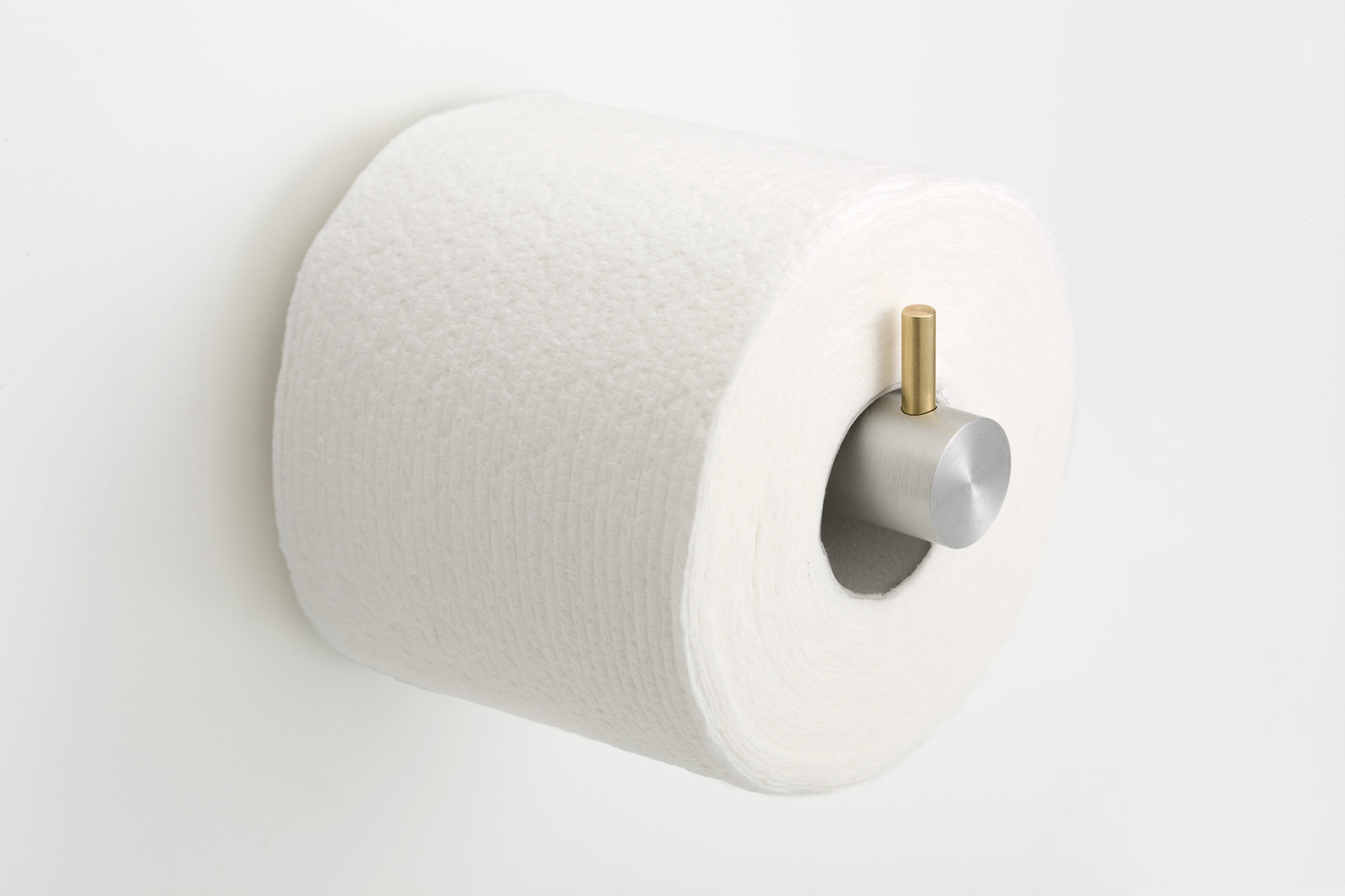

0 thoughts on “On Which Side Is The Napkin Placed”